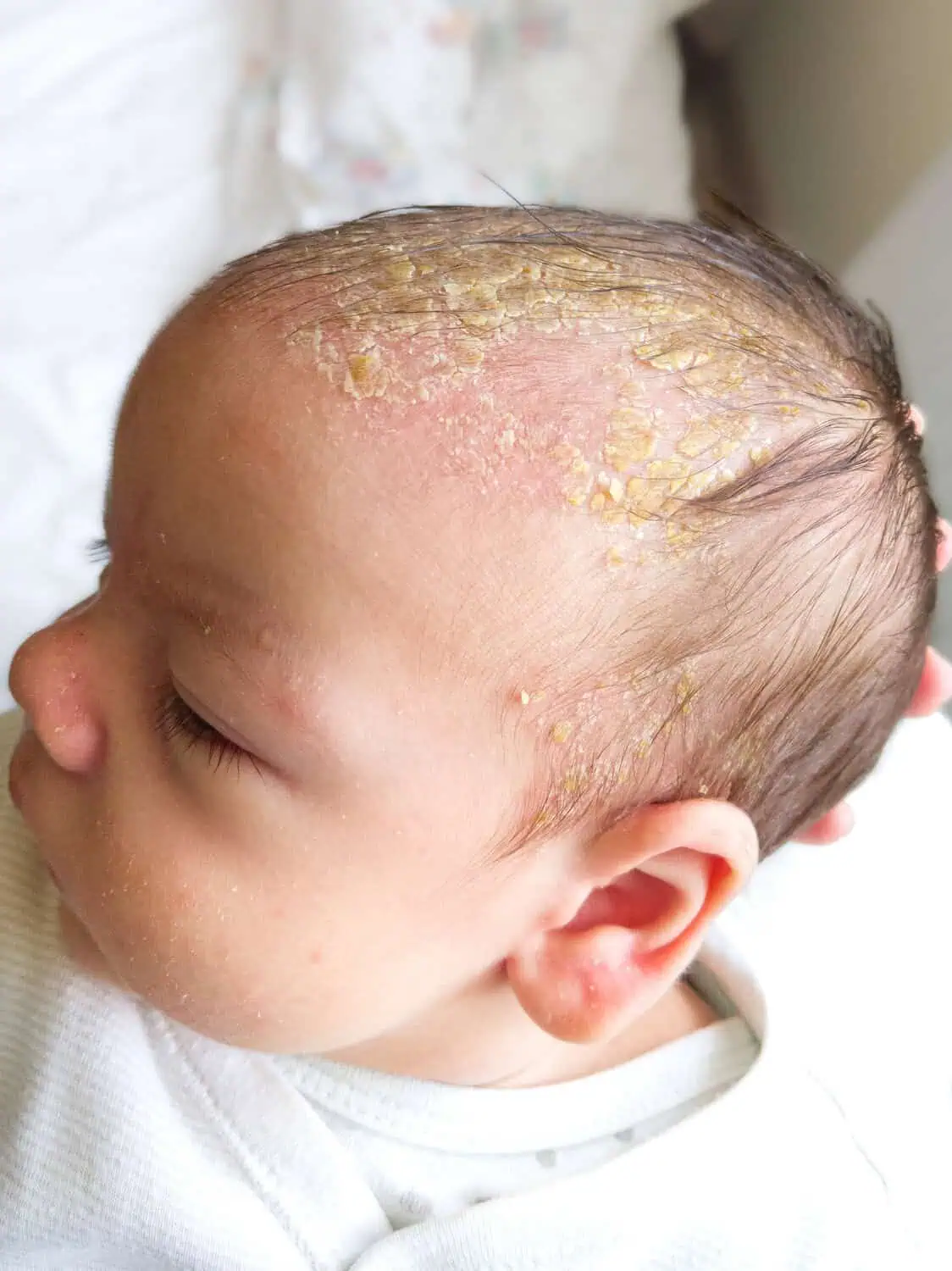Seborrheic Dermatitis in New York, NY

Seborrheic Dermatitis in New York, NY
Seborrheic Dermatitis is a skin condition characterized by red, scaly, and itchy patches that primarily affect areas of the body with a significant amount of oil glands, such as the scalp, face, and upper chest. The exact cause of seborrheic dermatitis has yet to be determined. Still, the condition is believed to be caused by a combination of genetic factors, an overgrowth of a yeast called Malassezia, and an inflammatory response from the immune system. This condition can be persistent and may require ongoing management to control symptoms.
What Causes Seborrheic Dermatitis?
Seborrheic Dermatitis is thought to be caused by a number of factors, including an overgrowth of the Malassezia yeast, which naturally lives on the skin, and an abnormal immune response to this yeast. Other contributing factors may include genetics, hormonal changes, stress, cold weather, and certain medical conditions, such as Parkinson’s disease and HIV. People who suffer from the condition are more likely to be between the ages of 30 and 60 and infants (where it is known as cradle cap).
What are the different procedures for treating seborrheic dermatology?
Topical Antifungal Treatments
Topical antifungal creams or shampoos, such as ketoconazole or ciclopirox, are often prescribed to reduce the overgrowth of yeast on the skin, a factor that contributes to seborrheic dermatitis. You can directly apply these treatments to affected areas to help control flare-ups and reduce symptoms like itching and scaling.
Corticosteroid Creams
Corticosteroid creams or lotions may reduce inflammation and alleviate redness and itching associated with seborrheic dermatitis. These treatments are typically used for short periods in order to avoid side effects like thinned skin.
Calcineurin Inhibitors
For areas where corticosteroids are unsuitable, such as the face, calcineurin inhibitors like tacrolimus or pimecrolimus may be prescribed. These creams help reduce inflammation by targeting the immune response contributing to seborrheic dermatitis.
Medicated Shampoos
For scalp involvement, medicated shampoos containing ingredients like zinc pyrithione, selenium sulfide, or coal tar can be effective in managing seborrheic dermatitis. These shampoos are used regularly to keep symptoms under control.
Light Therapy
In some cases, light therapy (phototherapy) may be recommended for treating seborrheic dermatitis. During this treatment, the skin is exposed to controlled amounts of natural or artificial light to lessen inflammation and slow the growth of skin cells.
Lifestyle Modifications
Managing seborrheic dermatitis often involves lifestyle changes, such as reducing stress, avoiding harsh soaps and detergents, and using gentle skin care products. These modifications can help prevent flare-ups and keep the condition under control.
What are the results of treating seborrheic dermatology?
The treatment results of seborrheic dermatitis depend on the severity of the condition and the treatment methods used. With consistent use of prescribed medications and lifestyle adjustments, many patients experience significant improvement in symptoms, including reduced redness, scaling, and itching. While there is no cure for seborrheic dermatitis, treatment can effectively manage and control the condition, leading to clearer skin and greater comfort. Regular follow-ups with a seborrheic dermatitis doctor are essential for monitoring and adjusting the condition.
Benefits of Treating Seborrheic Dermatitis include
- Reduces redness and inflammation
- Alleviates itching and discomfort
- Improves the appearance of affected skin
- Reduces the growth of yeast on the skin
- Helps prevent flare-ups
- Customizable treatment options
- Long-term management of the condition
- Safe and effective treatment methods
- Enhances overall skin health
- Improves quality of life
Frequently Asked Questions
Finding the best treatment for seborrheic dermatitis depends on your condition’s severity and skin type. A seborrheic dermatitis doctor near me can recommend treatment options for your needs.
Seborrheic dermatitis has no cure but can be effectively managed with appropriate treatments. Regular follow-ups with a seborrheic dermatitis doctor can help keep symptoms under control.
It’s recommended to visit a seborrheic dermatitis dermatologist near me at least once a year or more frequently if your symptoms are severe or if you experience frequent flare-ups.
Stress, hormonal changes, cold weather, and certain skin care products are common triggers for seborrheic dermatitis. Your doctor can help you identify these triggers and avoid them.
No, seborrheic dermatitis cannot be passed on from person to person. It is a chronic skin condition that develops from an overreaction to the Malassezia yeast on the skin.
When searching for a seborrheic dermatitis doctor near me, look for a dermatologist with experience treating the condition, positive patient reviews, and a convenient location. A knowledgeable doctor can provide the best treatment according to your needs.
If you’re experiencing seborrheic dermatitis symptoms and seeking professional care, consider scheduling an appointment with Park Plaza Dermatology in New York, NY. Our experienced dermatologists are committed to providing the best treatment options specific to your needs.
